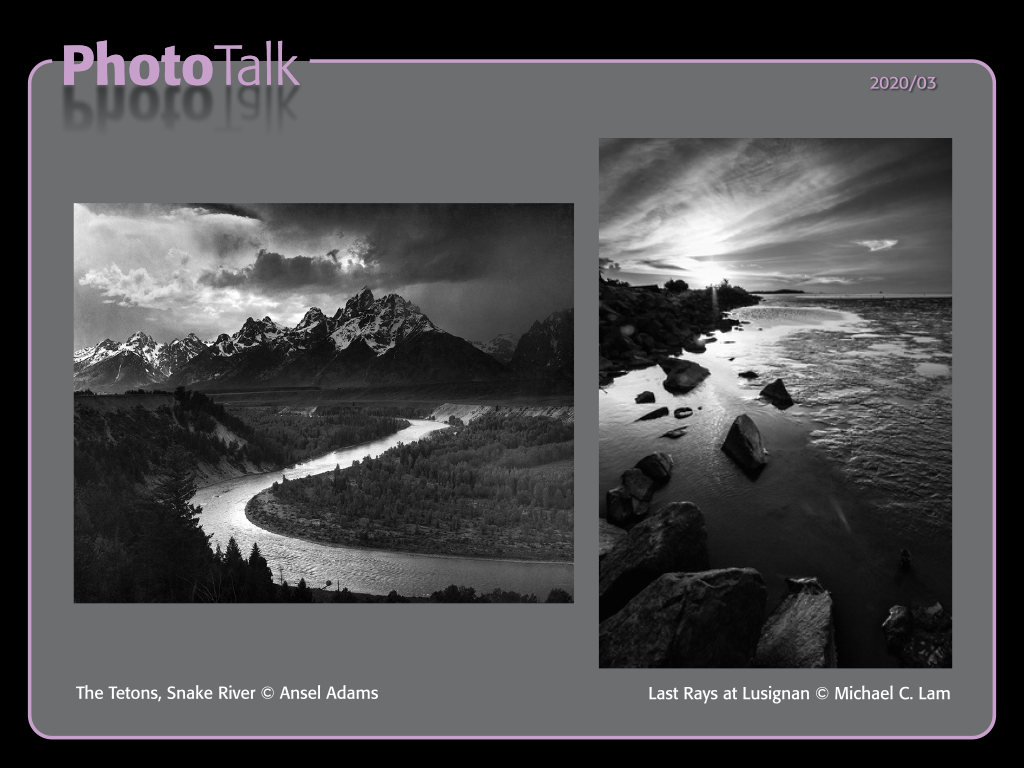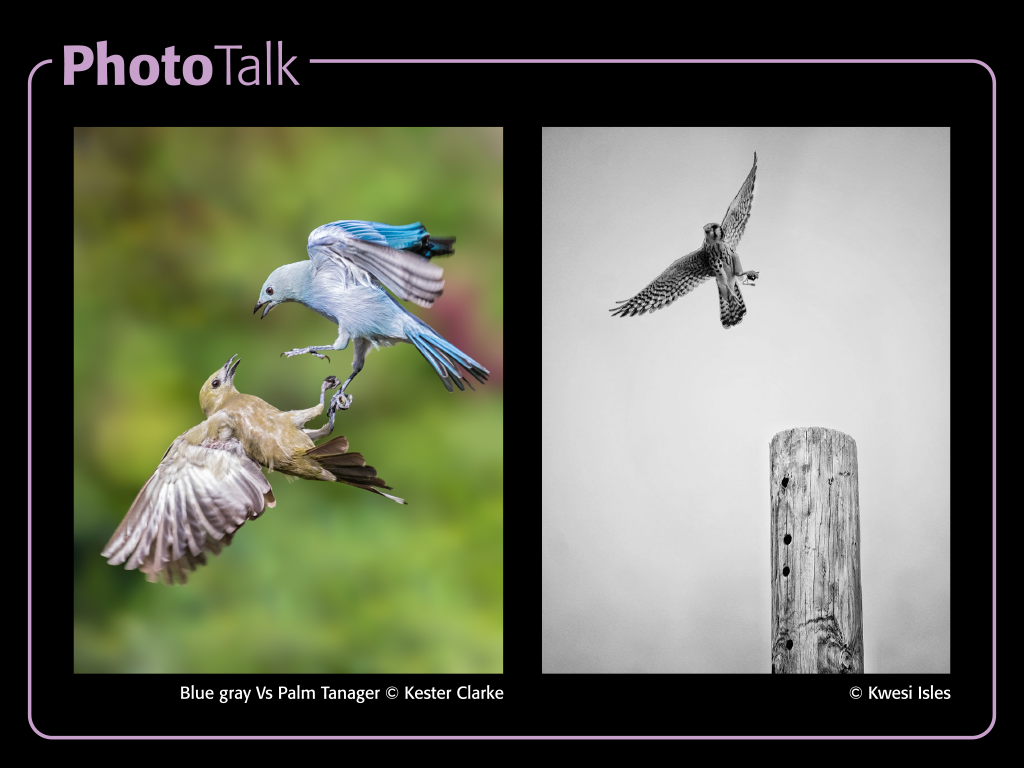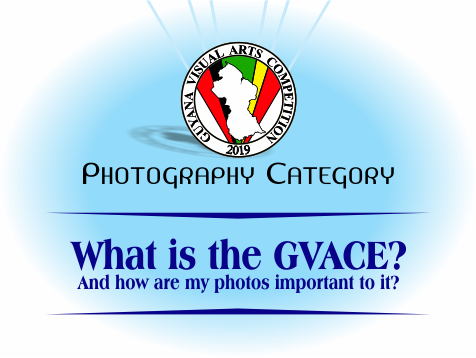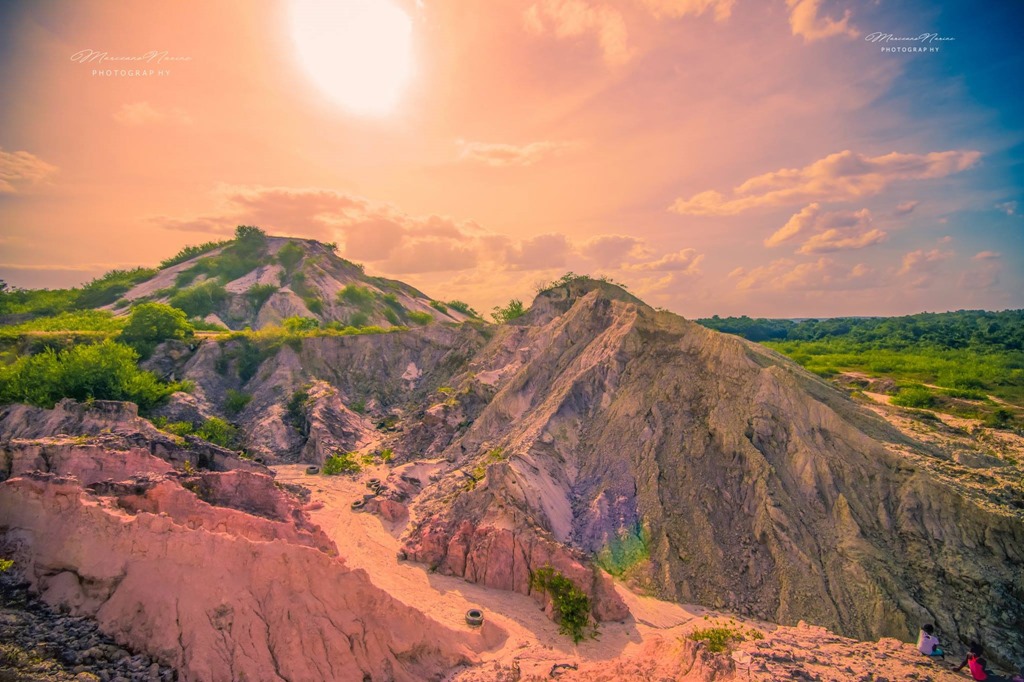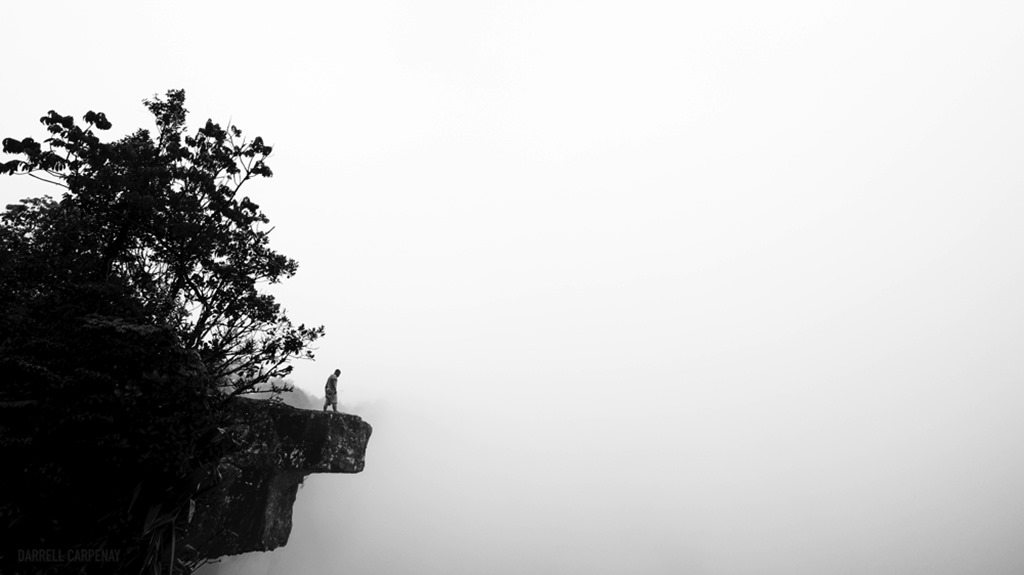PhotoTalk 2020/04
I’m blessed and honoured to be part of this project at the invitation of Mr Lam… He is one of the many photographers i admire.
I admire, follow, gather inspiration and sometimes even try to recreate the work of some of my most influential international photographers.
One such person is Ana brandt who’s photo is above…
She was one of the first person that popped up in my online search back in 2015, when i was looking to get inspired.
Her years of experience and execution has earned her many awards in her field.
I have been closely paying attention to her wrapping and posing techniques as well as client interactions.
She works with both natural and artificial lighting.Her light source below was from a softbox while mine was from window light.
I found and actually sourced white sheer sheets to defuse my window light after this particular image was taken.
I hope to use it when my studio reopens to better defuse my window light for future shoots.
I hope to one day teach and conduct workshops in this particular line of photography, not only in Guyana but Internationally as well.
Ana believes in the phrase knowledge is power, so do I.
Ask me anything……..
Dione Vanderhyden
Number 4 in our PhotoTalk series on the Guyana Photographers’ Facebook page, the original comments and discussion can be seen on that post.


